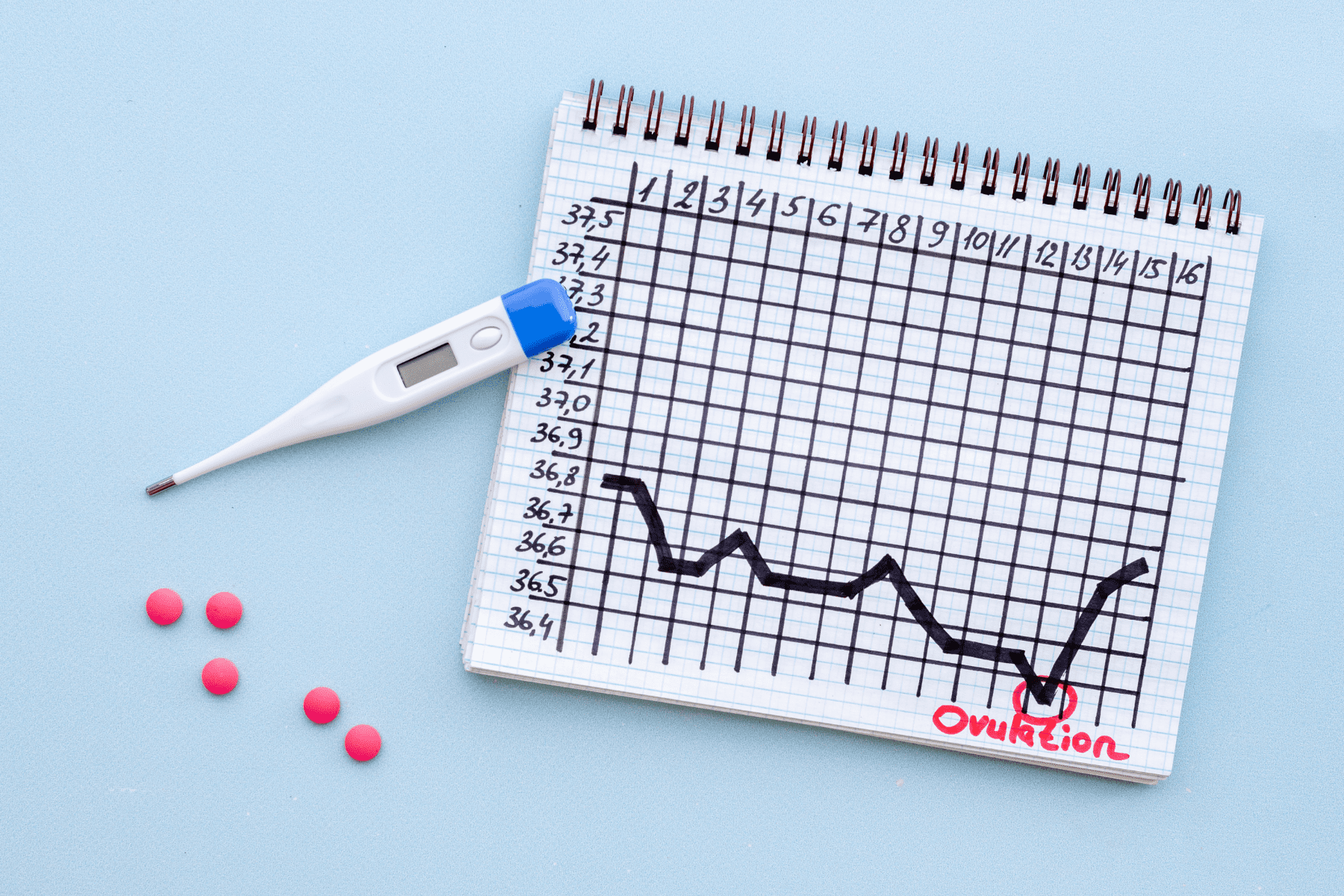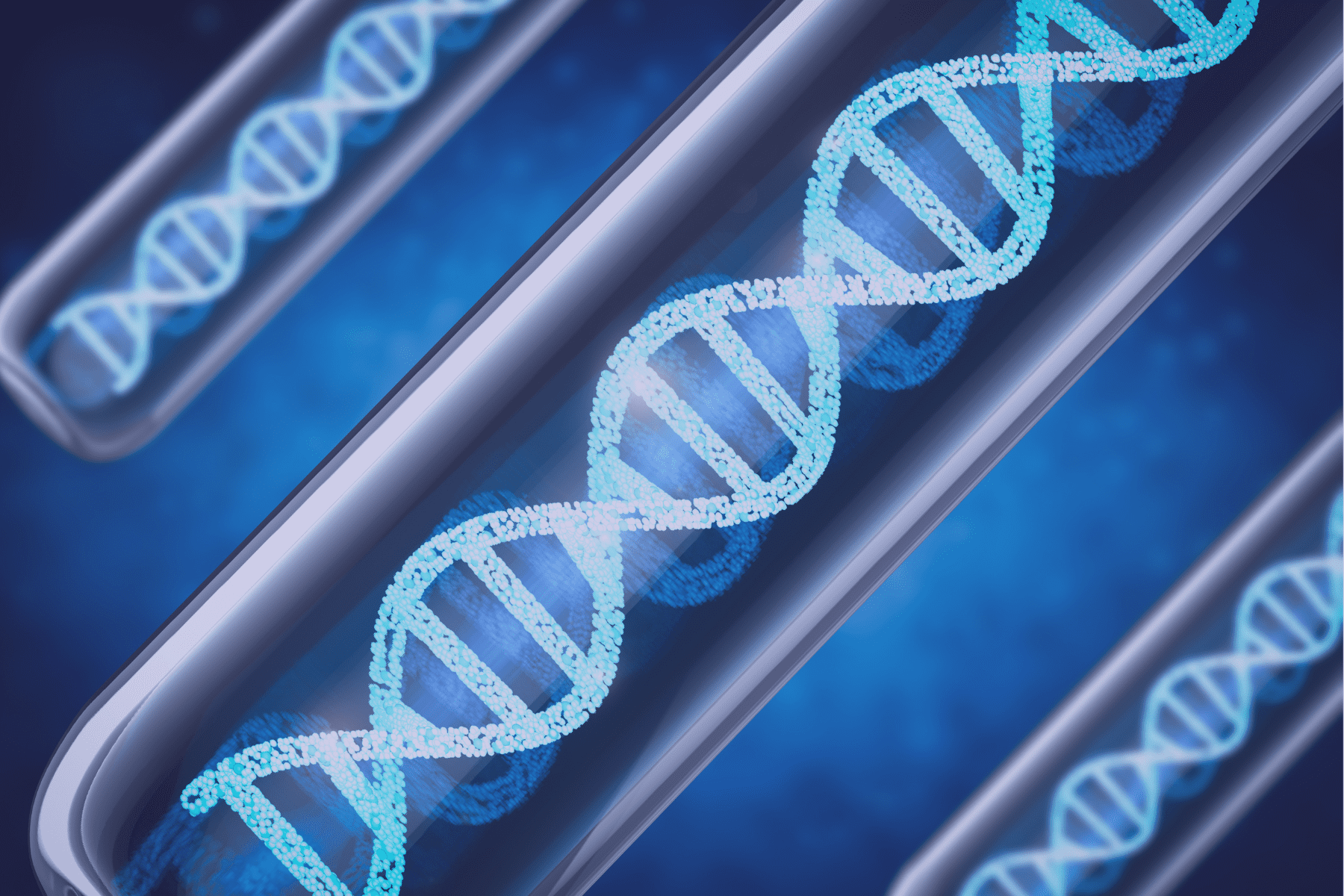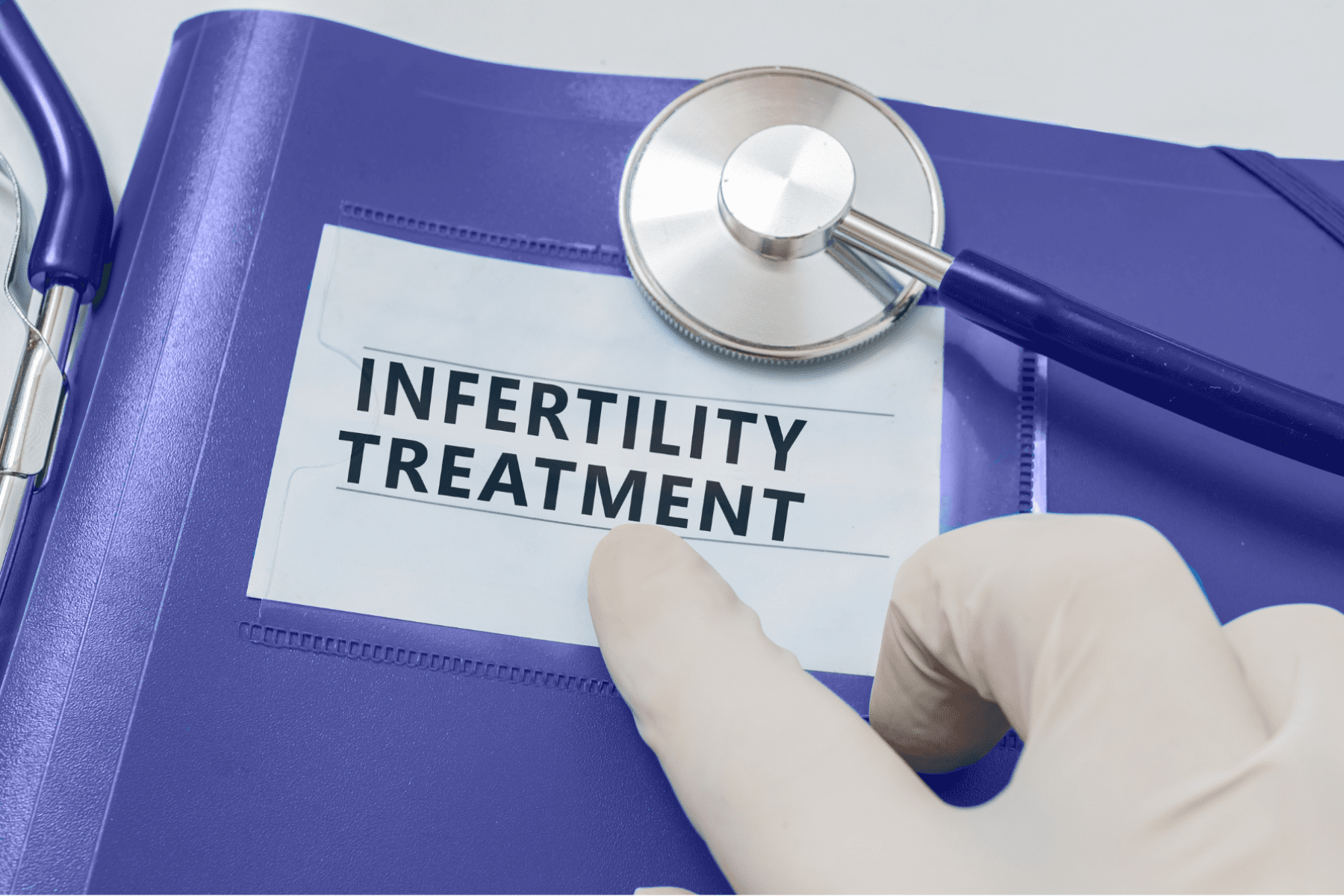The first child born from in vitro fertilization (IVF), Louise Brown, reached the age of 34 during the summer of 2012. Since the early days of IVF, other reproductive techniques have emerged and steadily grown, including frozen embryo transfer, and donor egg. Collectively, these techniques are included under the umbrella term, Assisted Reproductive Technologies (ART), and ART is still a relatively young field as compared to other branches of medicine. During this thirty-four year period, we have seen dramatic increases not only in the utilization of these techniques, but also a progressive increase in success rates with these technologies.
The CDC has been accumulating and tabulating data detailing the success rates for ART. The most recent report details data collected during the year 2010. According to the CDC, in 2010 alone, 154,417 ART cycles were performed at 443 fertility clinics and this resulted in 47,102 live births and 61,561 infants.
Despite the steady increase in the utilization of ART just over 1% of all infants conceived in 2010 resulted from ART. This annual 2010 report marks the 16th year that the CDC has collected and published data. Cumulatively, from 1996-2010, over one million cycles of ART have been performed and hundreds of thousands of children have been born. Following this growing trend in the use of ART, an increased concern regarding the children born from ART, and IVF in particular, has emerged. As data has accumulated, more research has taken place that attempts to ascertain whether children conceived via ART are different from children naturally conceived.
Over time, ART has resulted in a 30-fold increase in multiple pregnancies compared with the rate of spontaneous twins. In naturally conceived twins, the prevalence of dizygotic twinning is 8 per 1000 live births in the US and Europe and is also associated with increasing maternal age, greater parity and a maternal family history of twinning. In contrast the rate of monozygotic twinning has been constant, 4 per 100 live births.4 In ART, the main risk factor for dizygotic and high-order multiple pregnancies is the transfer of more than one embryo.
However, the risk of monozygotic twinning may also be increased as much as 2-fold both in conventional IVF and ever further in IVF plus ICSI. Data is conflicted on the potential cause of this but both assisted hatching of embryos and extended culture of embryos to the blastocyst stage have been suggested.
The risks associated with multiple gestation, preeclampsia, gestational diabetes, preterm delivery and operative delivery apply to all multiple gestations whether conceived naturally or through ART. However, recent data suggests that even when controlling for multiple gestation, ART singleton pregnancies have a higher rate of congenital abnormalities as compared to singleton pregnancies conceived naturally.
One of the earliest studies to raise the question of adverse outcome from IVF came from a large Australian cohort study. Among 4,916 women, the risk of one or more major birth defects conceived with ART was double the expected rate (8.65 % for ICSI and 9.0% for IVF, compared with 4.2% in the general population). More recently this study has been criticized because of the less than ideal control group chosen and also for the problematic definition of “major” birth defects used.
Since then, consistent evidence from various studies, including registry-based cohort studies and meta-analyses, has linked assisted conception involving IVF or ICSI with an increase risk of birth defects. However, studies have been limited by small numbers of participants, the pooling of exposure groups, or retrospective data collection and inappropriate controls in case-control studies.
In early 2012, a group, again out of South Australia, reported on their population-wide cohort study that examined both births and pregnancies terminated because of birth defects, from pregnancy to a child’s 5th birthday across a range of methods for treating infertility compared to spontaneous conceptions. Their data set contained a total of 327,420 births and pregnancy terminations, and the analysis ultimately included 308,974 births. Births after IVF and ICSI were associated with a significantly increased risk of any birth defect, as compared with births to fertile women that were spontaneously conceived, with adjusted odds ratio of 1.43 and 95% CI of 1.26. to 1.62.
However, this risk was attenuated, but remained significant after multivariate adjustment (adjusted odds ratio of 1.24, 95% CI of 1.09 to 1.41). Interestingly, when the risk of ICSI was taken out and just the IVF risk calculated, IVF was associated with a reduced risk of any birth defect, (odds ratio, 0.68 with 95%CI of 0.53 to 0.87). The authors concluded that after multivariate adjustment, the association between IVF and the risk of any birth defect was no longer significant, whereas the risk of any birth defect associated with ICSI remained significant.
In addition, the authors reported that the risk of birth defect was also increased among women with a history of infertility, but no history of ART treatment, suggesting that infertility itself, may be a risk factor for birth defects. Further, in an earlier study, a group sought to address the potential risk of ICSI, in singletons conceived via IVF plus ICSI.
They did a follow-up study and looked at the perinatal outcome, health and growth in 5 to 8 year old children from singleton pregnancies conceived with IV/ICSI.9 They found no adverse health outcomes were identified in ICSI singletons up to age 5-8 years compared to conventional IVF and naturally conceived singletons. However, the ICSI children did have a higher incidence of having been born prematurely.
Again looking at the potential risk of ICSI, Cox et al (2002) suggested a link between Angelman Syndrome (AS) in children conceived with ICSI. Thus, the possibility was raised that imprinting disorders, including AS and Beckwith-Wedemann Syndrome (BWS), though small in number (1 in 100,000 – 1 in 300,000), are increased in children born after IVF and ICSI.
The plausibility is suggested, by considerable evidence in animal models, of altered gene imprinting in embryos cultured in vitro. In addition, 90% of children with BWS that were conceived after ART had imprinting disorder compared with 45-50% of children with BWS conceived without ART.
A recent report put forth from The National Institutes of Health summarized the current literature suggesting an association between imprinting disorders and the use of ART from 1978 to 2008. The available data consisted of case series, case-control studies, and case registries from different populations and because the incidence of imprinting disorders is rare, conclusions drawn from literature are limited due to small sample sizes and sub-optimal study design. Large prospective, multi-center cohort studies are needed to definitively answer this question and thus, for now, the risk is largely theoretical.
Overall, a growing body of evidence suggests an association between ART pregnancies and adverse perinatal outcome, even including singleton babies born from ART. There is currently no doubt that the single iatrogenic and preventable cause of poor pregnancy outcome is multiple fetal pregnancies.
The current trend nationwide, as strongly advocated by the American Society for Reproductive Medicine, is to limit the number of embryos transferred and ultimately to move to single embryo transfer.
However, even when comparing singleton IVF pregnancies versus naturally conceived singletons, prenatal risk appears to be slightly higher for IVF singletons, although the absolute risk to children conceived through IVF is small. Given the large sample sizes needed to definitively answer this question, no causal relationship has yet been firmly established.
Medical contribution by Jane Nani, M.D.
Dr. Jane Nani is board certified in Obstetrics and Gynecology and in Reproductive Endocrinology and Infertility (REI), and has been practicing medicine since 1996.







